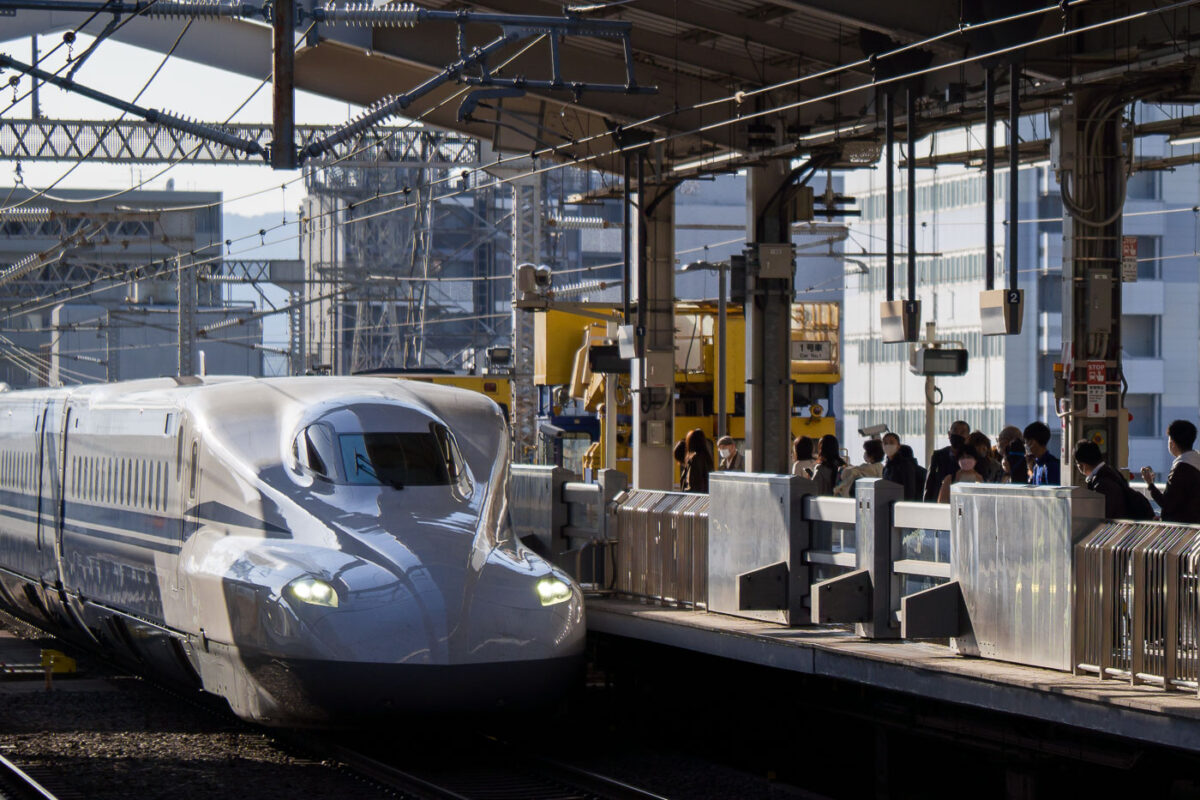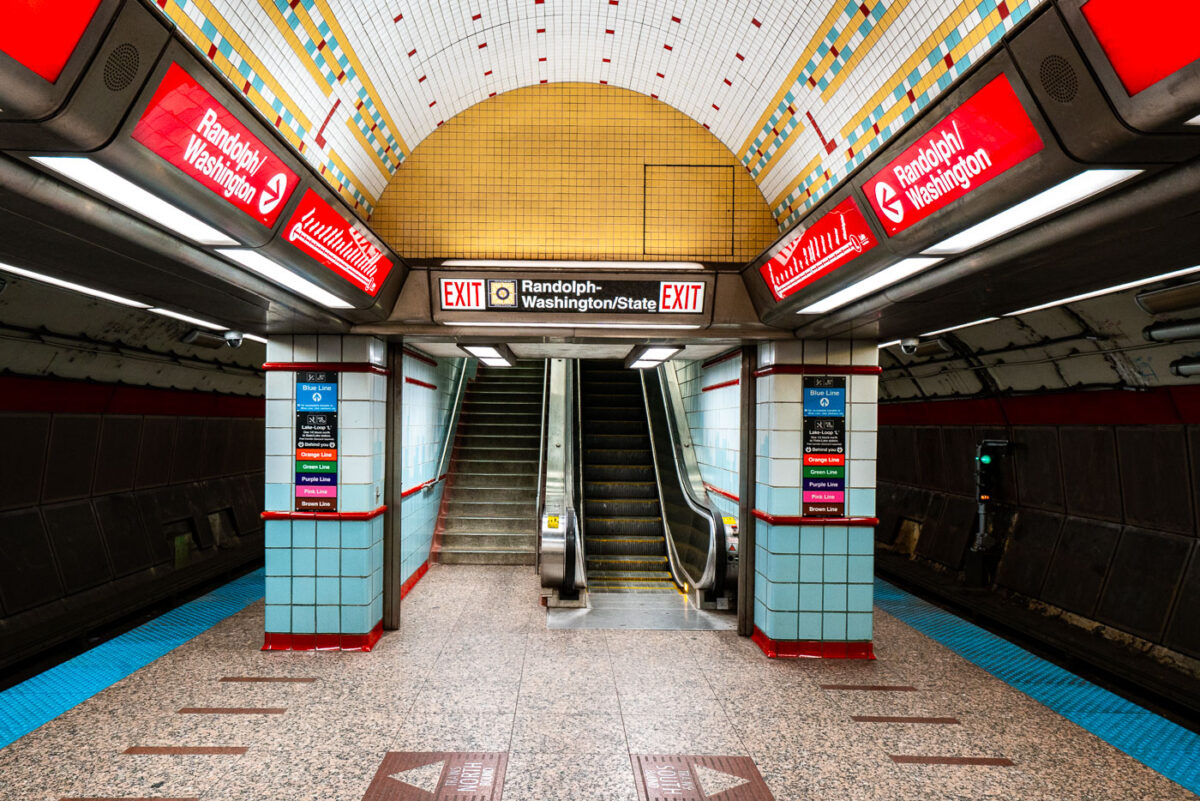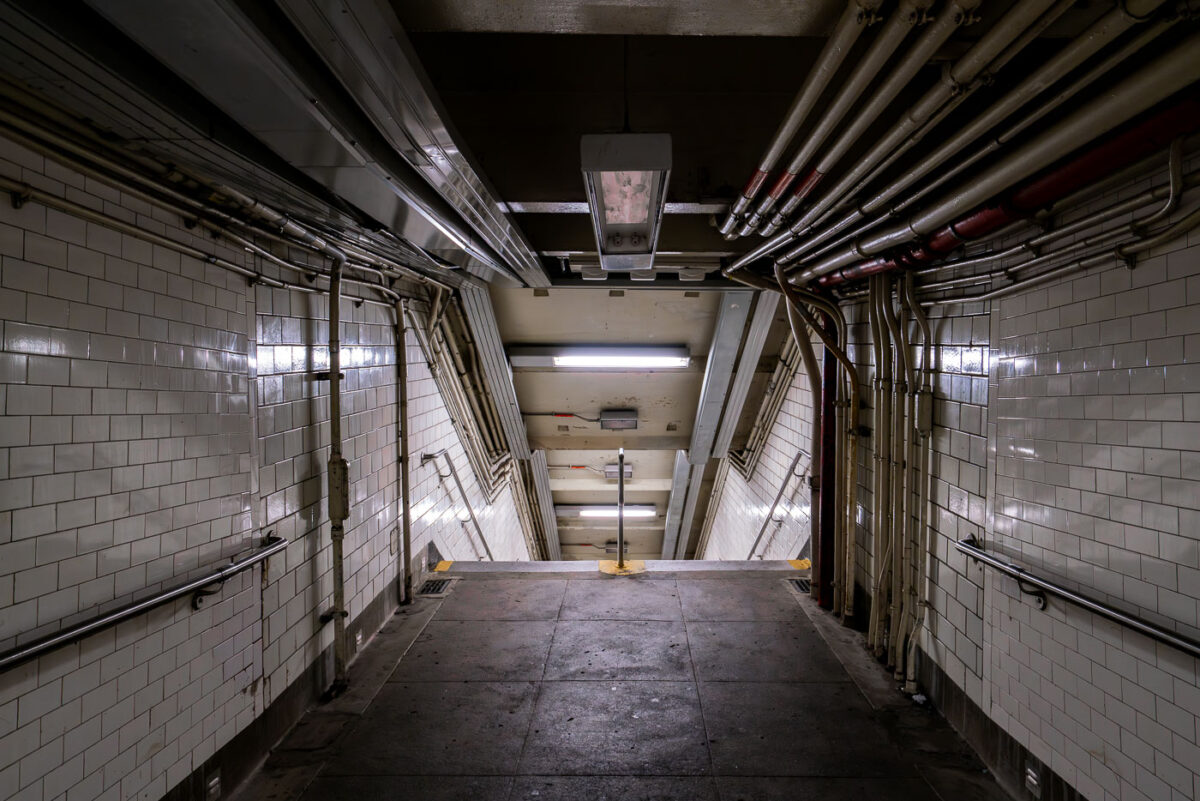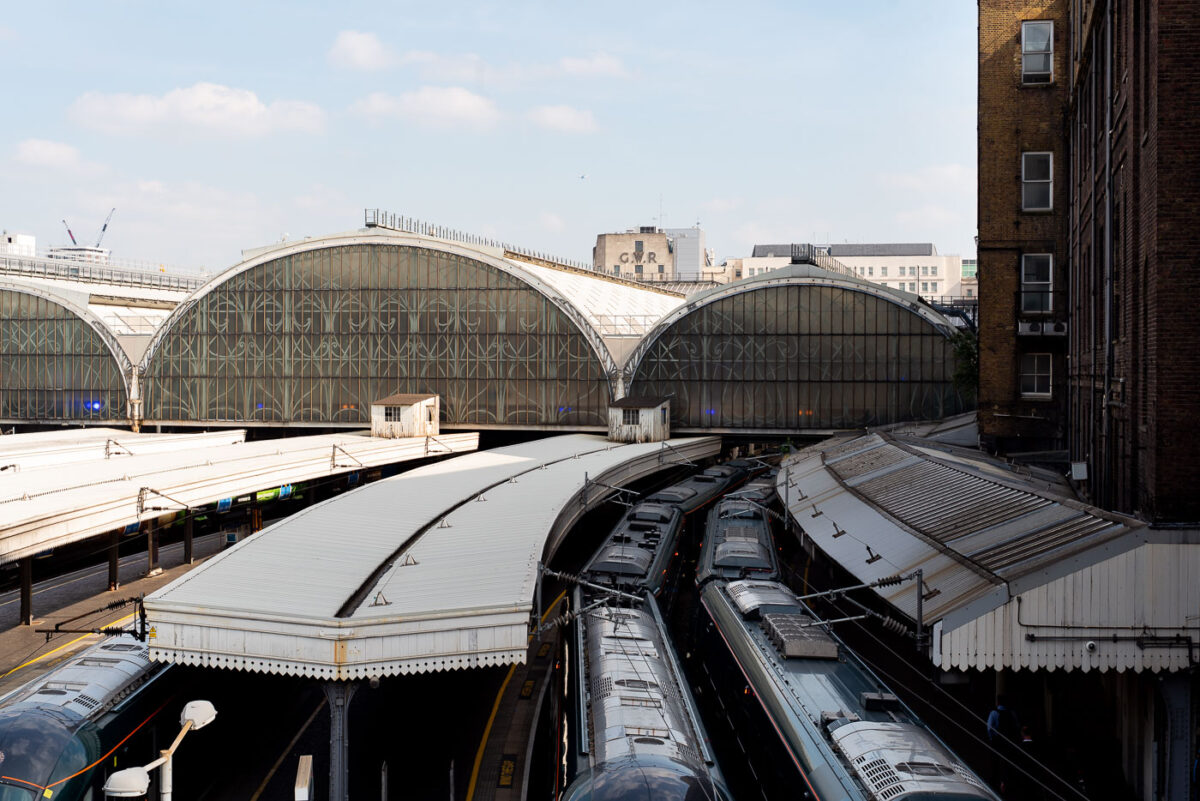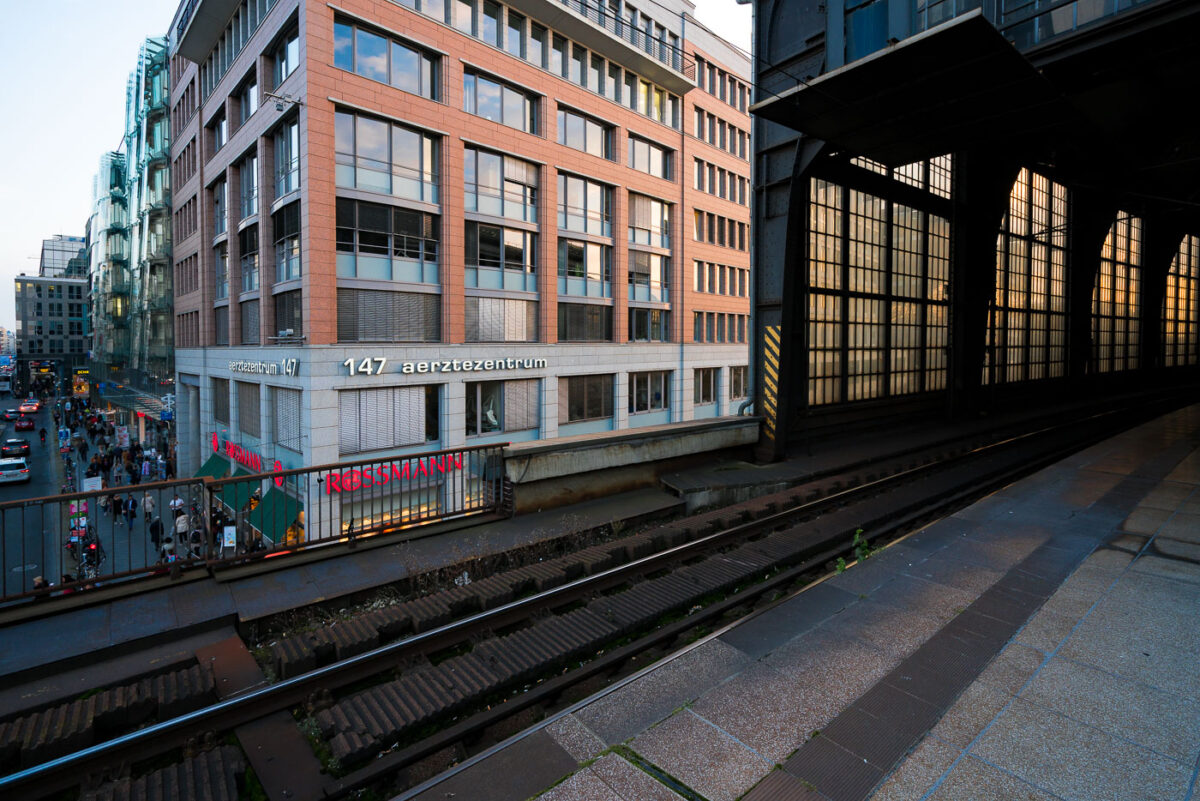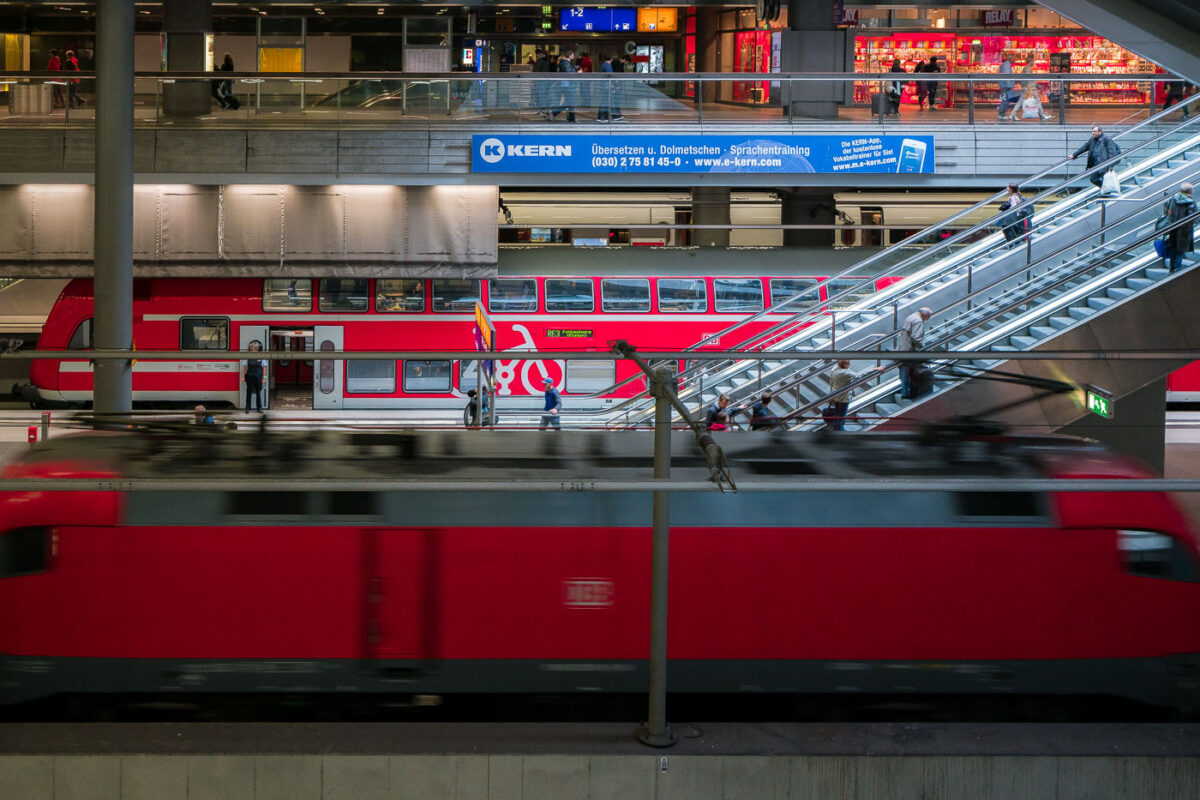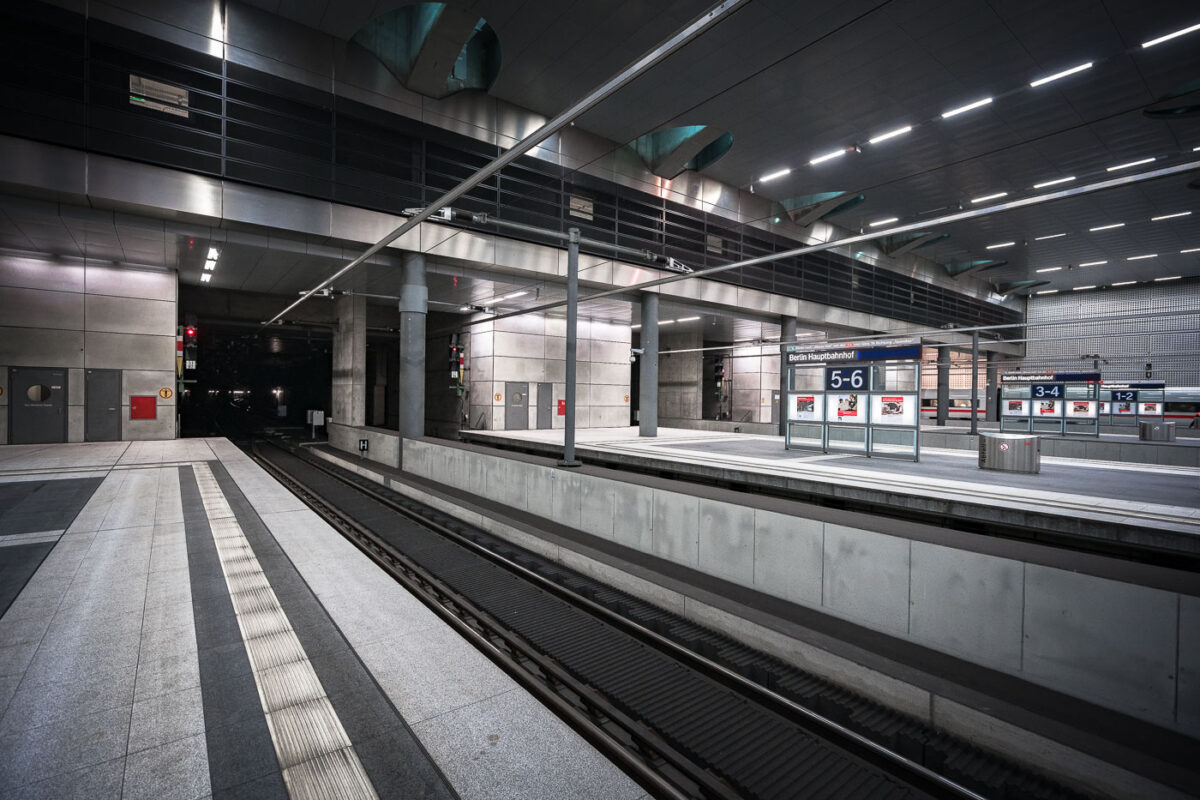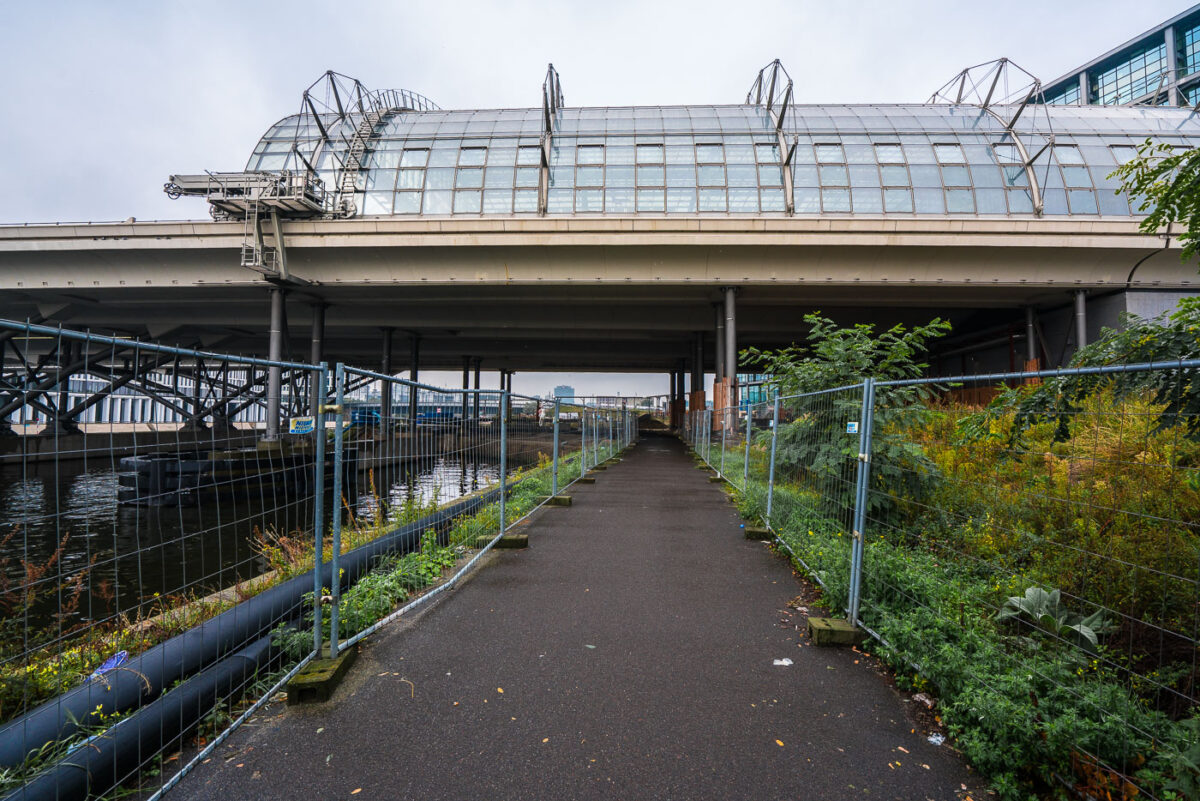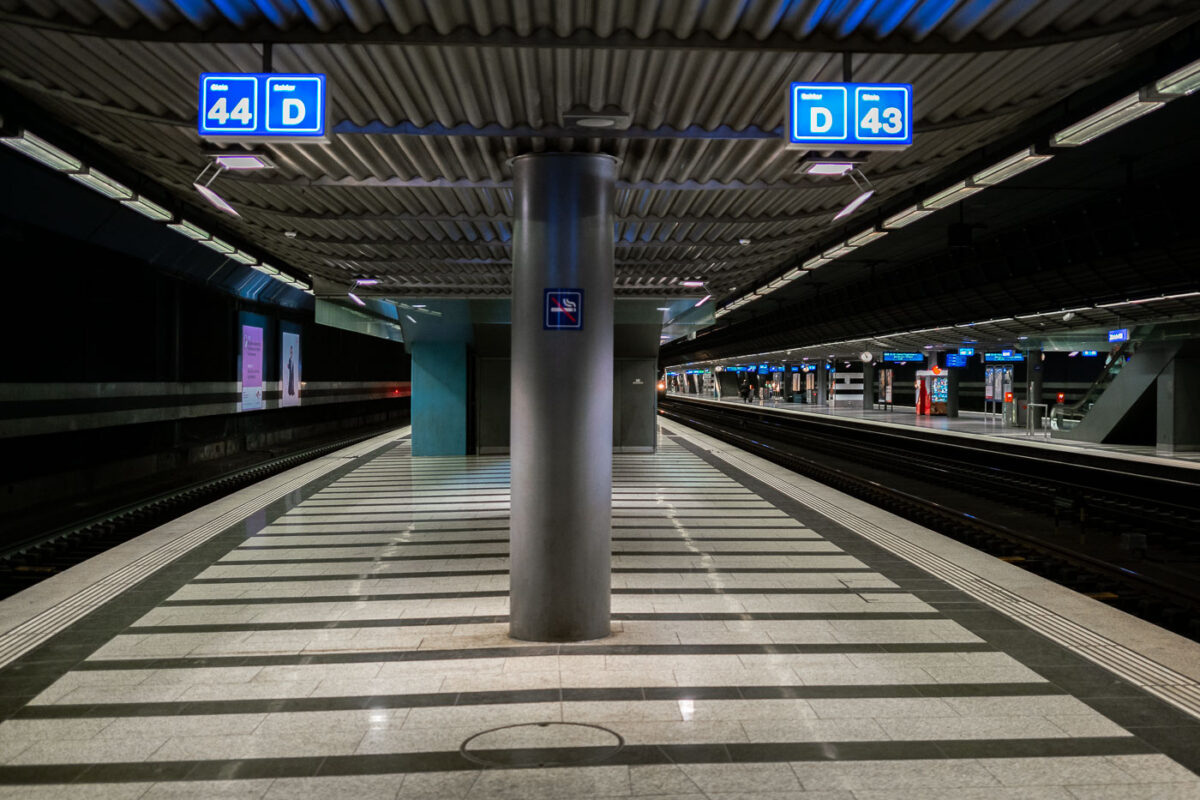
Evening at Yoyogi Station
As dusk settles over Shibuya, the illuminated sign of Yoyogi Station (代々木駅) glows against a deep indigo sky, marking one of Tokyo’s key JR East commuter hubs. Opened in 1906, Yoyogi serves both the Yamanote and Chuo-Sobu lines, connecting thousands of travelers daily between Shinjuku and Harajuku. The cool blue hour lighting highlights the crisp white façade and the green JR branding, captured here with a balanced exposure to preserve both architectural detail and ambient light reflections. Taken in early evening with a 35mm f/1.8 lens, this frame emphasizes the quiet rhythm of Tokyo’s rush hour just before nightfall.

